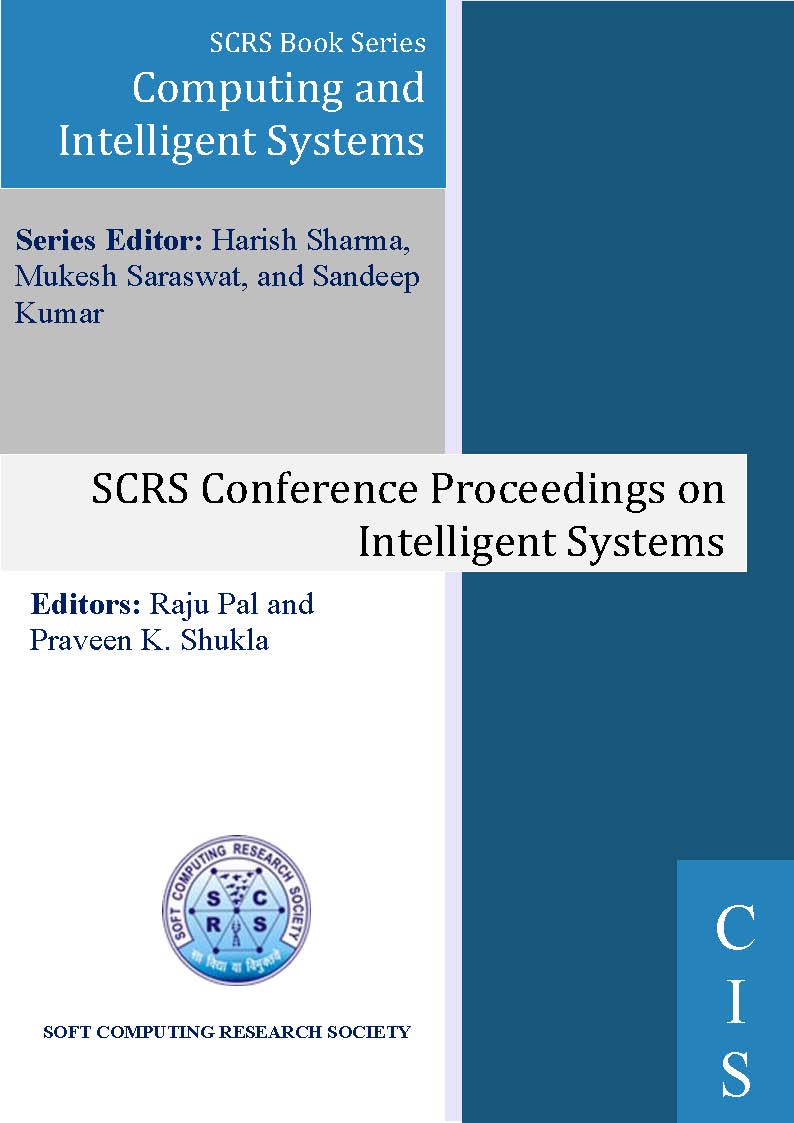
Improvement of SNR by Removing Power-line Interference from Noisy ECG Signal
Authors: Sudhansu Ranjan Dwibedi and Bijay Kumar Ekka
Publishing Date: 07-01-2023
ISBN: 978-81-955020-5-9
Abstract
The electrical signals are invariably accompanied by components that are unrelated to the phenomenon being studied. Spurious or unwanted signal components which may occur at any frequency within band pass of the system are known as noise. The instruments are designed in such a way that the noise is minimized to facilitate accurate and sensitive measurement. Noise in Electrocardiograph (ECG) recording occurs due to high frequency Electromagnetic (EM) noise, motion artifacts and power line (50Hz or 60Hz) interference. For extraction of information from noisy signals, it is essential to increase or improve Signal to Noise ratio (SNR) which ultimately improves the performance. To process the signal waveform without distortion, the band pass of the system must be introduced such that all the frequency components of the signal contribute to signal strength. Most signal conditioners include low-pass filters designed specifically to provide maximum rejection of 50Hz noise. Such filters are called “notch filters”. Notch filters having only zeros in the transfer function has very wide notch bandwidth and offers more attenuation at adjacent frequencies. In this paper, we use Notch filter with poles added at multiple points of a unit circle (0
Keywords
Filtering, Noise, Pole, Zero.EM, ECG
Cite as
Sudhansu Ranjan Dwibedi and Bijay Kumar Ekka, "Improvement of SNR by Removing Power-line Interference from Noisy ECG Signal", In: Saroj Hiranwal and Garima Mathur (eds), Artificial Intelligence and Communication Technologies, SCRS, India, 2023, pp. 591-599. https://doi.org/10.52458/978-81-955020-5-9-57